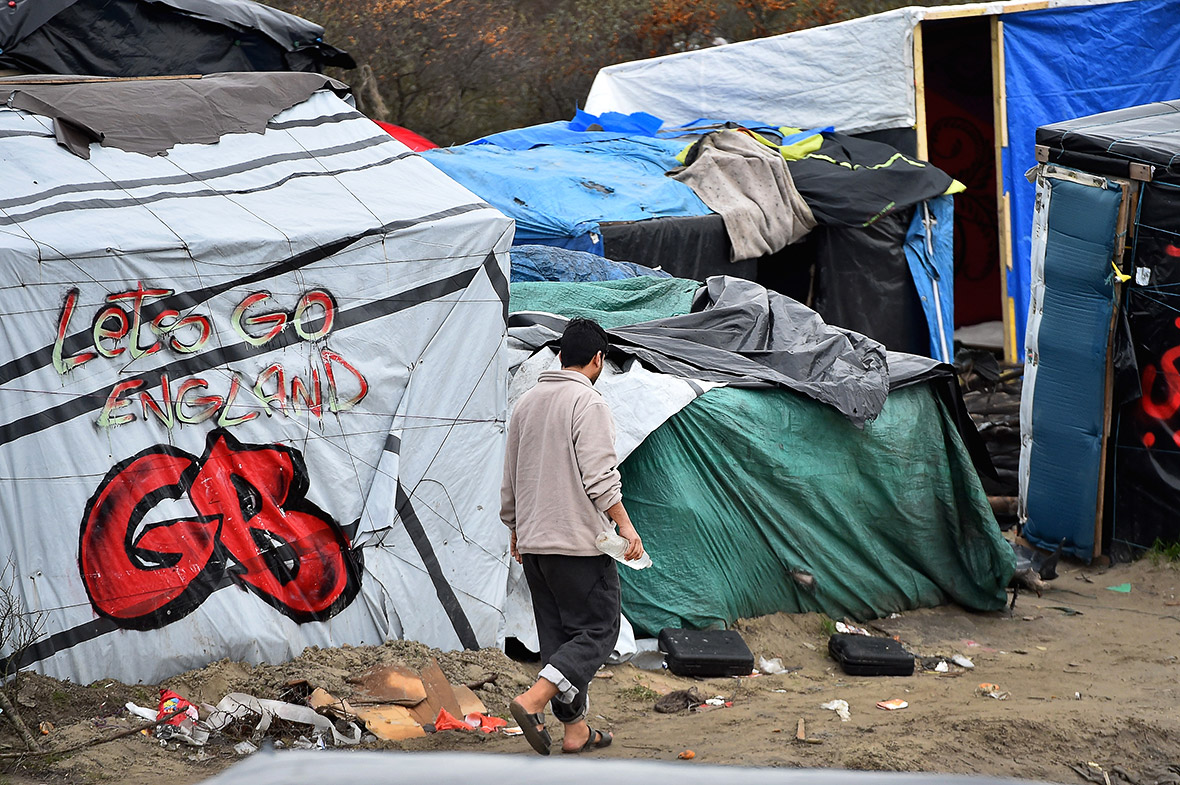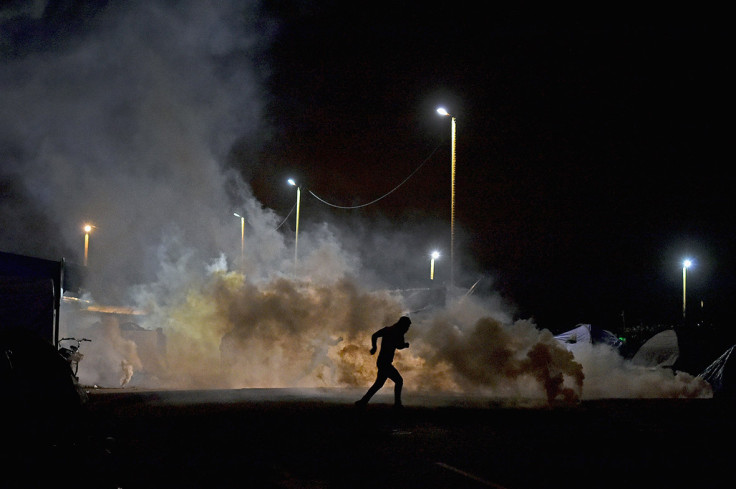Calais migrant crisis: Life for thousands of refugees in The Jungle as winter arrives
Ever since the Channel Tunnel opened in 1994, Calais has been a magnet for migrants and refugees trying to get to Britain. In 1999 authorities opened a Red Cross-supervised refugee camp inside a former Eurotunnel factory in Sangatte. Police spent three years chasing migrants down the tunnel before closing the camp.
In 2014, as illegal camps once again sprouted across Calais and migrants rioted near the ferry terminal, authorities decided to contain them within a new facility: a residential activity centre next to a defunct German artillery bunker and a former city dump. The official shelter opened early in 2015, filled to capacity, and within weeks spawned a tent city covering the landfill site. Now, around 4,500 people live in the camp known as "The Jungle".
Award-winning Getty Images photographer Jeff J Mitchell visited the camp to see how its residents are coping with the worsening weather.






For months, sheer force of numbers favoured the migrants. They sneaked into trailers of cargo trucks bound for ferries or sprinted past police on to the Channel tunnel tracks. More than 20 died from falls, collisions and electrocution. In August, the British and French governments worked together to stop the migrants' northward march. In went waves of police reinforcements ringing the port, tunnel and camp. Up went an ever-growing network of 15ft (5m) fences topped with razor wire. Beyond lie more fences, police patrols, sniffer dogs and heat-seeking scanners. Many who have been caught 20 times or more have decided it's futile to keep trying. So they wait in "The Jungle".



The Calais camp is not a safe place. As night-time temperatures head towards freezing, volunteers are scrambling to replace thin-skinned tents with sheds made of plywood with carpet walls and sometimes wood-burning furnaces. Most, though, still live in tents prone to collapse in heavy rains and howling Channel winds. To combat the darkness and cold, campers light night-time fires beside their tightly packed tents and candles inside them. Three times in November 2015, blazes driven by high winds or exploding gas canisters destroyed more than 150 tents and shacks, injuring several migrants.






French immigration lawyers successfully sued the government to double the provision of water taps and portable toilets and to broaden paths into proper roads for ambulances, fire trucks and rubbish trucks. Bulldozers and diggers have started that work, with plans to build 125 heated container-style shelters by January capable of housing 1,500 people. But emergency vehicles still won't enter, leaving migrants and aid workers to carry out the wounded and battle flames themselves.
Just as Sangatte collapsed in violence, so too could "The Jungle". For several nights running, hundreds of frustrated young men have tried to block the highway after midnight, tearing out road signs and pelting the windows of passing trucks. Police responded with tear gas. "It feels like things are escalating," said Rowan Farrell, a volunteer aid worker from Manchester. He said if violence continued, the peaceful majority would flee for shelter elsewhere, but the deepening roots of "The Jungle" make continued growth just as likely. "It's impossible to know. There might be nothing here in six months. There might still be a camp of several thousand people in three years."

Calais was reduced to rubble in the Second World War. The city of 125,000 today ranks among the poorest in France, with 12.8% unemployment and 30% of residents below the poverty line. Once a bastion of the left, the area is expected to vote for Marine le Pen's far-right Front National in regional elections on Sunday 6 December.
(Additional reporting: Shawn Pogatchnik, Associated Press)
© Copyright IBTimes 2025. All rights reserved.






















